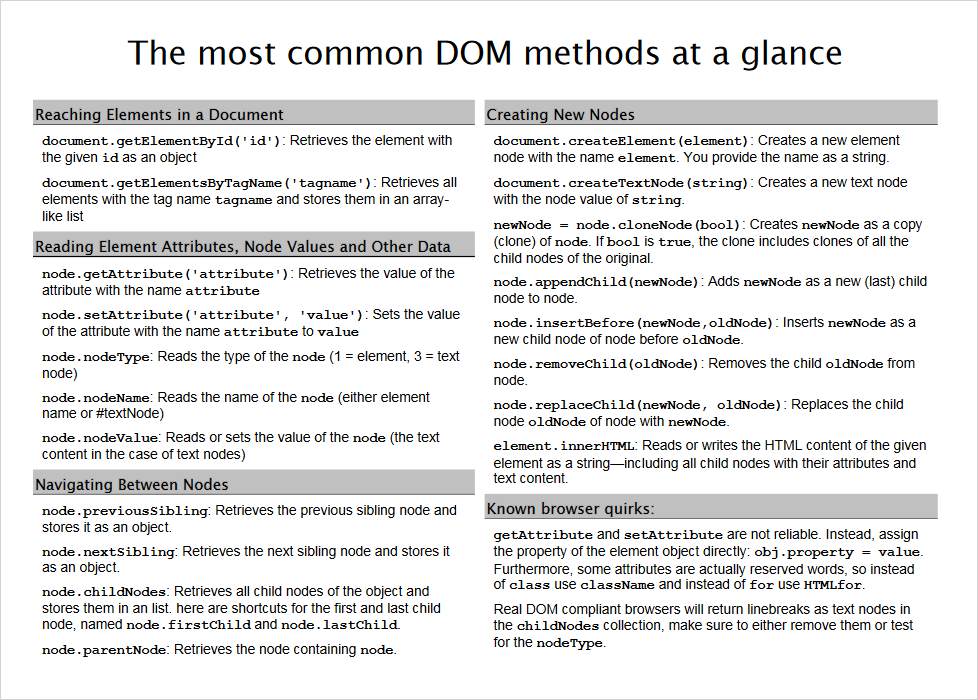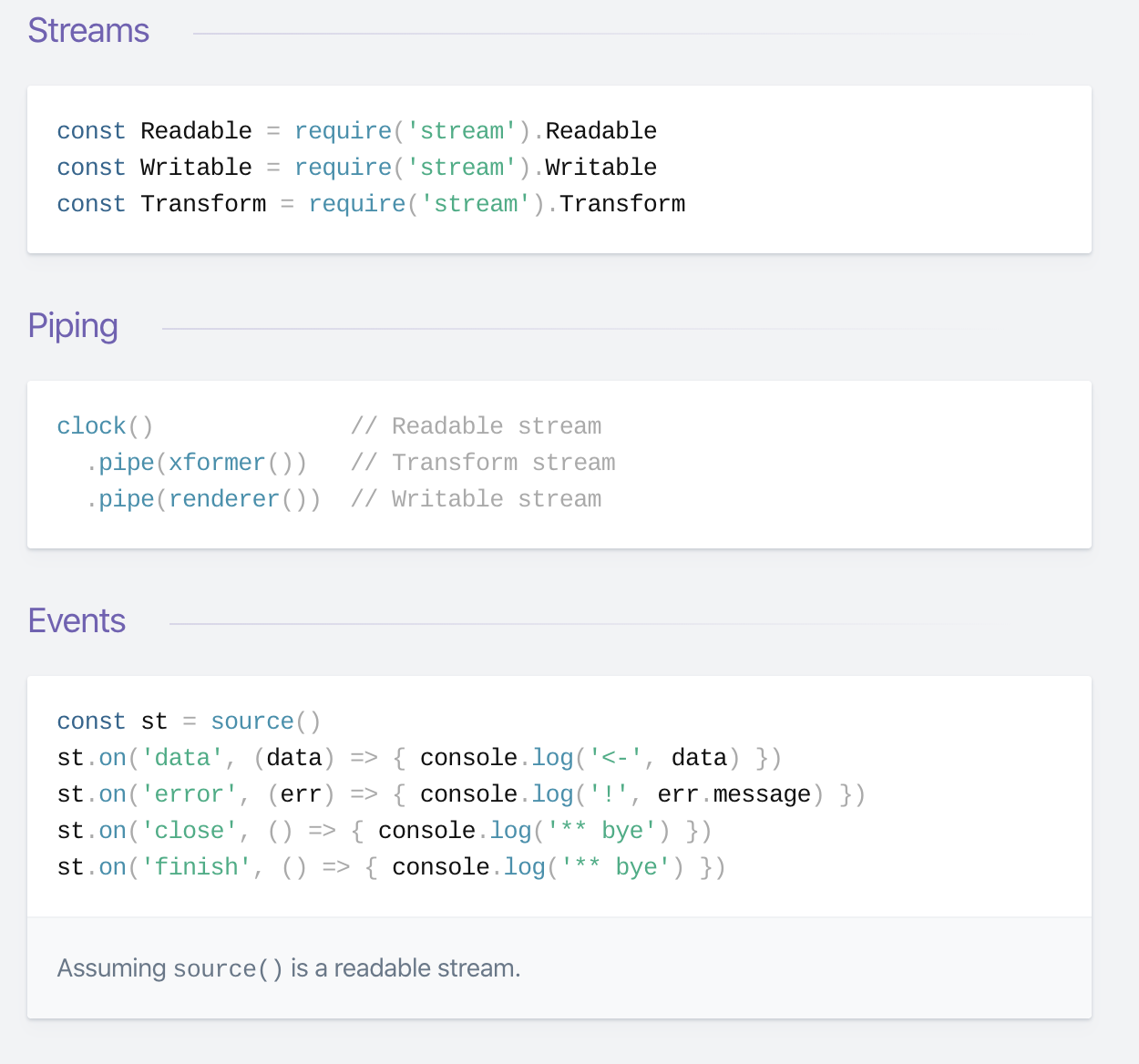Below you can find the Javascript cheat sheet in.pdf as well as in the text. JavaScript Cheat Sheet. Download Link; JavaScript Basics. Let’s start off with the basics – how to include JavaScript in a website. Including JavaScript in an HTML Page. To include JavaScript inside a page, you need to wrap it in. Pro Express.js is an extensive book with many examples to teach you about middleware, patterns, and configurations. Therefore, when you start working on your own project, you will find it useful to have a quick reference of the most important functions and commands—a cheat sheet.
Expressjs cheat sheet. Javascript by Combative Copperhead on Dec 07 2020 Donate. App.set ('x', 'yyy') app.get ('x') //= 'yyy' app.enable ('trust proxy') app.disable ('trust proxy') app.enabled ('trust proxy') //= true. App.set('x', 'yyy') 2. App.get('x') //= 'yyy'. All the Dash cheat sheets that can be installed from Preferences Downloads Cheat Sheets can be found in this repo. You can modify them or add new ones using pull requests. The cheat sheets are also available online at https://kapeli.com/cheatsheets.
Express Js Example

This is the bare minimum cheatsheet to get express.js up and running.

- Download and install node.js from https://nodejs.org/en/download/
- Open terminal or commandline
- Creat a project directory and change to it
- Run terminal command: npm init (accept all defaults by pressing enter)
- This will create package.json file, which has basic project configuration
- Run terminal command: npm i express
- This installs express.js
- Run terminal command: npm i -g nodemon
- Installs node monitor, which will make sure server is restared on file saves
- Create new file index.js (which is referenced in the package.json file created above)
- Add the following starter code to index.js, which is the bare minimum to get it going:

Js Cheat Sheet Pdf
- Run terminal command: node index.js to run it
- or run terminal command: nodemon index.js to run it via nodemon - this will ensure that server is restarted automatically whenever there is a file change
- Open localhost:3000 to view in browser - should show: Hello World!


